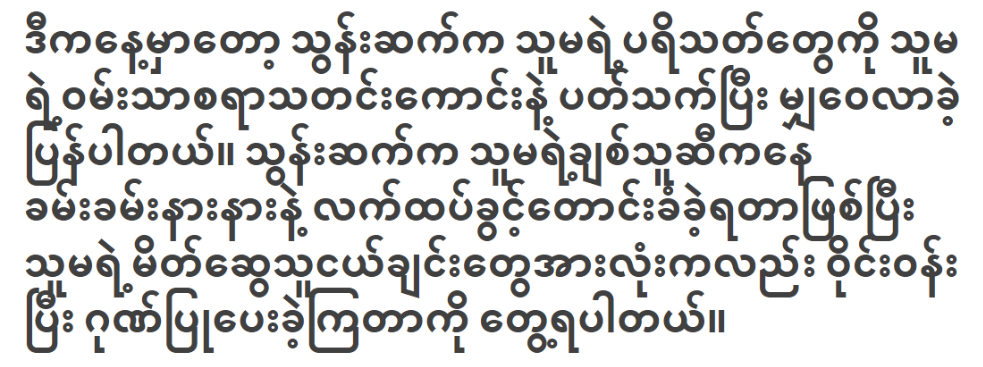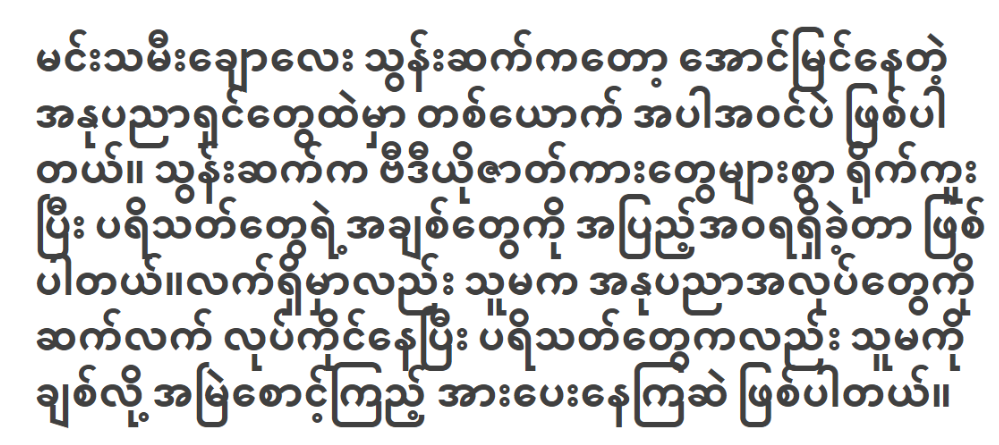








An international team of scientists led by the Instituto de Astrofísica de Canarias (IAC) examine the interaction between radio jets and cold gas within the Teacop galaxy, which is a quasar located approximately 1.3 billion light-years from Earth whose central region encompasses approximately 3,300 light-years in size. This study holds the potential to help scientists better understand how such jets affect the composition, evolution, and formation of galaxies.Observations of a radio jet in the middle of the Teacup galaxy. (Credit: HST/ ALMA/ VLA/ M. Meenakshi/ D. Mukherjee/ A. Audibert).For the study, the researchers used the Atacama Large Millimeter/submillimeter Array (ALMA) to observe the cold-dense gas within Teacup with unrivaled detail and detected molecules of carbon monoxide, which can only exist under specific temperature.






